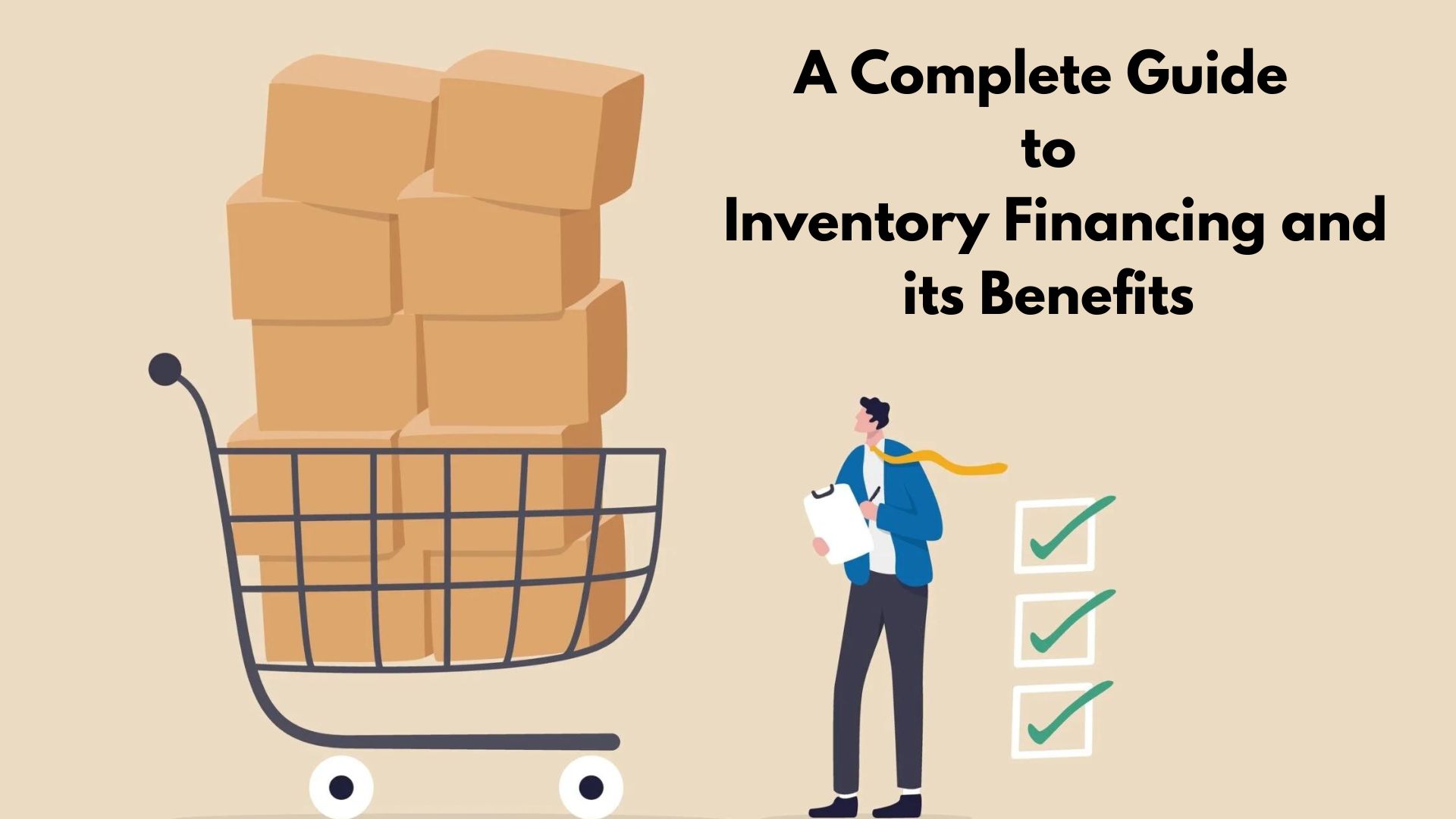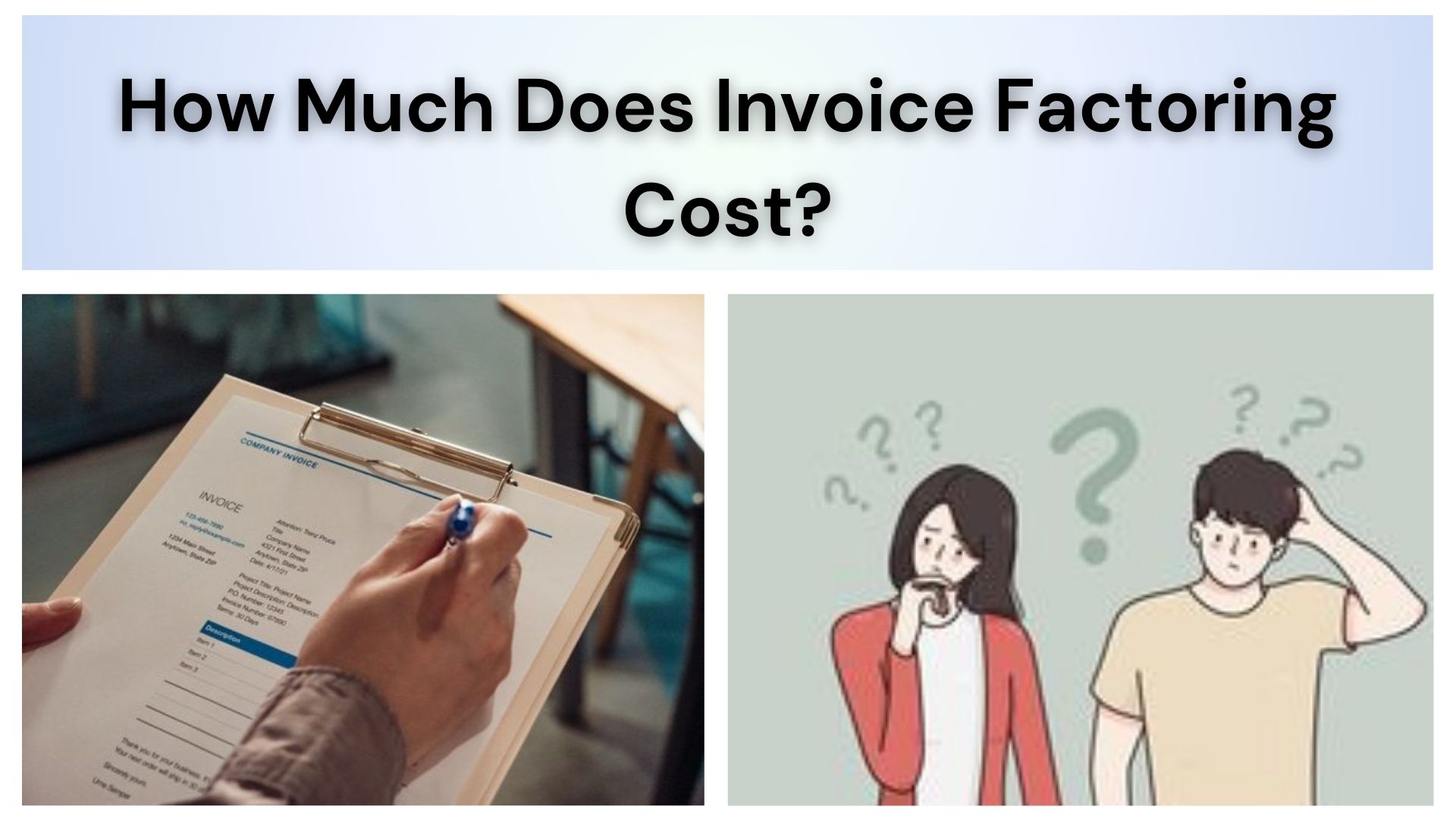The UK is home to several small and medium businesses. Whether an online business from home or an offline retail shop, businesses in the UK are more interesting than ever. However, to ensure a good business, one needs to ensure a smooth cash flow. Asset financing may help you in this regard.
This blog might not be enough if we want to know all about asset financing and how they work. To gain more knowledge on this particular finance niche, you do need to do more research. Professional Asset Finance Brokers can also come forward to help you if you don’t hesitate to ask them questions. After all, they can offer the best asset finance advice and save you from fraudulent matters such as traps made by loan sharks.
What Do We Know about Asset Financing?
Asset financing is one of the most improved ways of funding your brand. In the general sense, asset financing means using your business assets to borrow money to fund a project. Instead of making an investment in a large amount, asset financing enables the business to fund a project in smaller instalments. Therefore, asset finance helps a brand to search for immediate investments but also assists in making the deal comfortable.
You may consider asset financing to be a form of a secured loan. What can you do with asset financing? To be frank, you can do a good deal of things with it, which we will discuss shortly after points. You can hire or purchase an asset using this way. Or you can use an asset to finance other processes in your business. The choice is yours.
If you want to know how it works for UK businesses, then you need to learn a little about the following point.
1. How Does Asset Financing Work for UK Businesses?
You do need to make sure what your business assets are at first. They will help you decide whether or not you are getting an asset finance option and what kind of option you are eligible for.
Company assets can be anything. The office building or real estate property; machinery; vehicles; equipment even the accounts receivable are all counted as assets. You can use any of these assets as collateral to get the loan.
You have to find lenders to help you with this option. Sharing your asset’s details is mandatory because the lenders will evaluate the property and release the cash value to you equal to the property. You can then use the money in either maintaining or repairing the said asset or choose to spend the money for some other business purpose.
This way, however, applies if you own the assets already. What happens when you want to purchase an asset using the same process? Well, in this case, you can get a large amount of money from your lenders with the asset you want to own as collateral. If you cannot repay the loan in time (if you default on the loan), then your lenders will take hold of the asset you want to own.
Now that you know the basic concept of asset financing, you have to understand how the slight difference between asset financing and asset refinancing. We can learn that on the next point.
2. Difference Between Asset Financing and Asset Refinancing
Both are similar terms, but they have some points of differences in the way they are viewed. When there is a large ending need, there must be some form of regulation, right?
Asset financing is the basic way the term is managed. It is primarily the option to borrow money from a business lender when you use your business assets, such as inventory or equipment. However, this kind of funding only applies when you own a particular piece of equipment. It does not apply when you would like to obtain money to buy an asset. If you default on the loan, your lender might decide to take hold of your asset or think of a contingency plan and inform you about it.
Most asset financings are short-term options. Therefore, the chances of defaulting on the loan are a rare phenomenon. Most asset financings are done smoothly, and the lenders taking possession of the asset rarely come.
Asset refinancing is something which is a little different. Asset refinancing is often used to own or purchase an asset. If the loan applicant defaults on the loan, the lender mandatorily takes possession of the asset. Asset financing is also called asset-based lending.
3. Why Do Businesses Need Asset Financing in the UK
In this part, we can share the most common reasons why brands might decide to take out business loans as legit asset finance options. Here they are written below:
. The obvious reason for asset financing is to own, maintain or repair business assets.
. Most brands consider taking out an asset finance loan because of gaining working capital. Although it is a practice primarily observed in start-ups, many mature businesses often use its help to access quick cash.
. The factor of speed hinted at in the previous point is also the reason one decides to take out asset finance. Because the lender offers the loan as per the details of the asset, you lose less time and can guarantee that you can get the money fast.
. Asset finance is a common practice for managing internal business affairs, such as paying employees their wages or developing a new line of products.
. You can manage business emergencies with a quick asset finance option also.
To Conclude: What If I Need Some Alternative
If you have faulty assets or have more complications, you can choose guarantor business loans as alternatives.
These loans might not need an asset as collateral. However, they do require a guarantor, who will take the responsibility of loan repayment if the primary borrower unable to make repayment. A guarantor can be a person, a group or an organisation as well. For more information regarding this, do get in touch with a loan mediator on the grounds of asset financing and have a good word. You might find exactly what you are seeking for.

Harry Kane is a financial writer and author who has covered wide topics related to business loans and finance for the last decade. He has been working as the Chief Contributor in finding out deals on various business finance products covered by Thebusinessfunds, a reputed business loan broker firm in the UK. The primary work of Harry is to analyse the loan requirements of various businesses according to their circumstances and affordability. He directly communicates with the loan aspirants and guides them to get the right loan matching their needs. He has a vast experience in finance writing, working with many major business firms in the UK. At Thebusinessfunds, Harry also used to write well-researched blogs covering the financial problems of business loan aspirants and providing relevant solutions. He is a postgraduate with MSc. in Banking and Finance.






